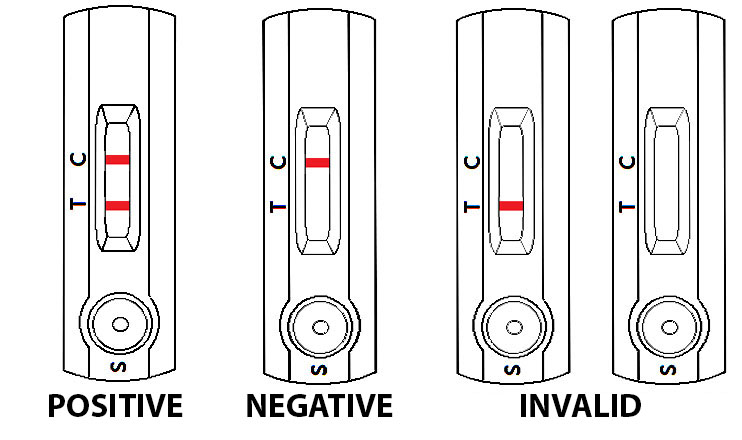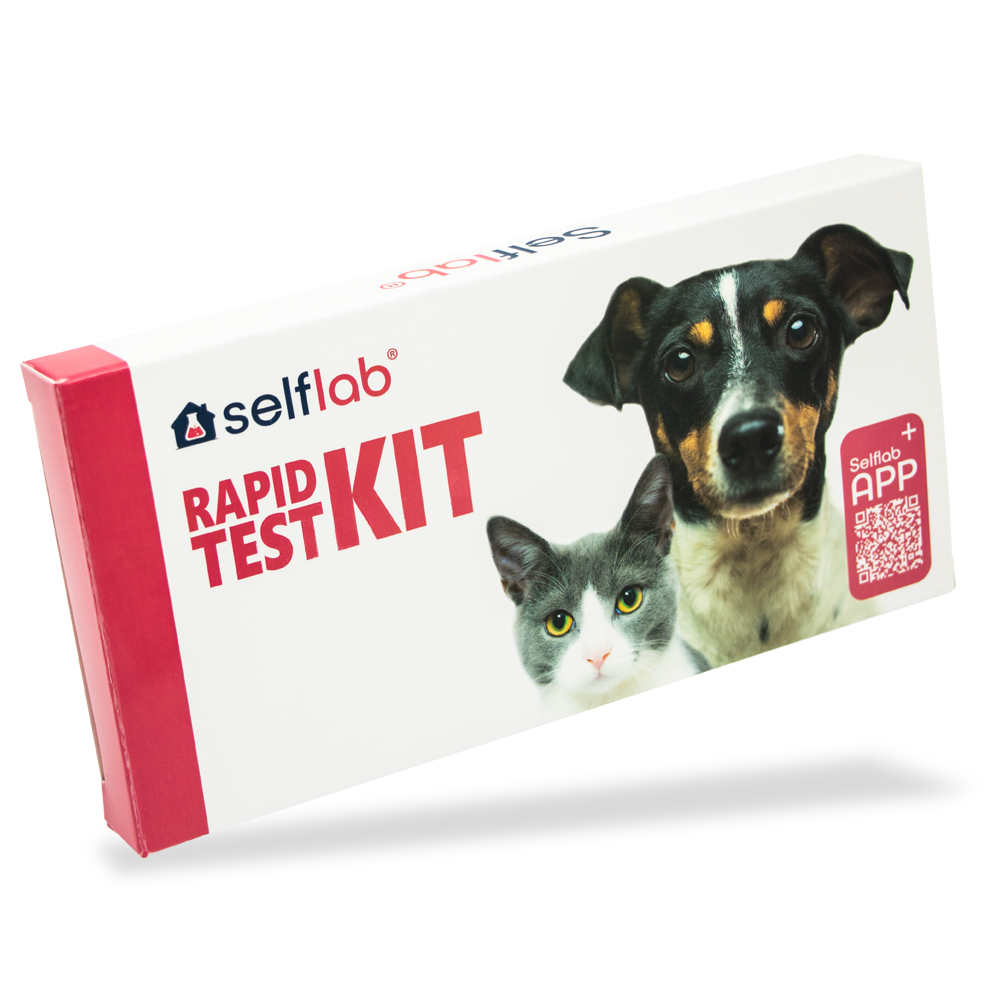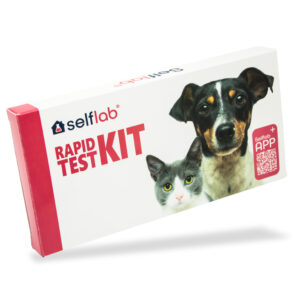Rapid diagnostic test
for feline coronavirus
SelfLab FCoV Ag
Feline coronavirus can develop into deadly feline peritonitis (FIP). FIP only develops in a fraction of cats that are infected with coronavirus.
With the Selflab FCoV Ag test, you can quickly find out if your cat is a carrier of coronavirus.


Sets contain:
FCoV Ag:
- a pair of single use gloves
- test pouch with test cassette and pipette inside
- sterile cotton swab
- tube with assay buffer
- instruction of use
How to perform FCoV Ag test? (feces)
Possible results:




